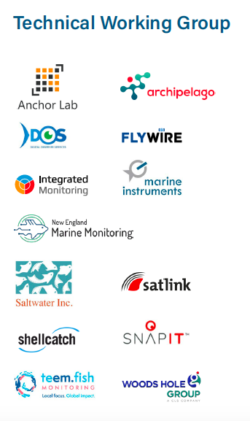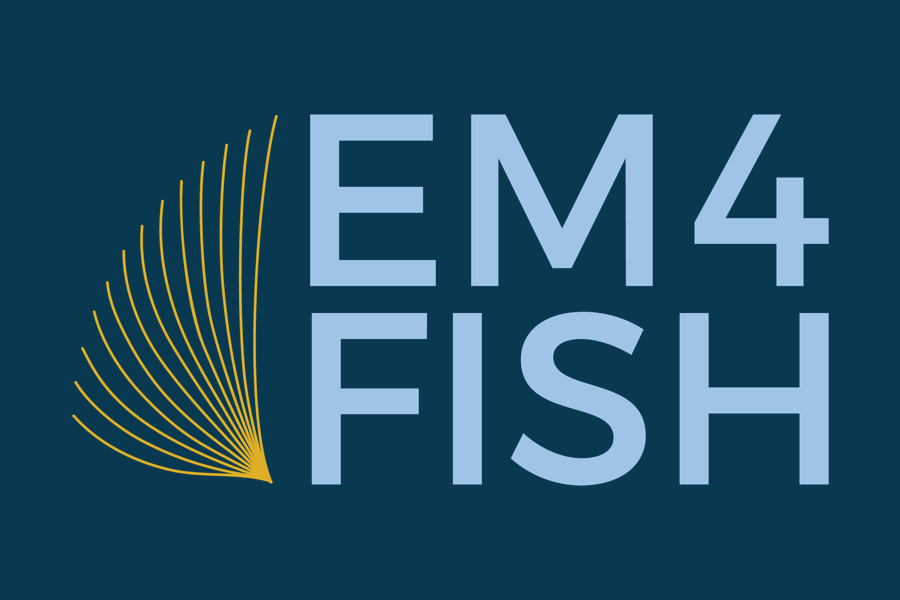FROM THE REPORT:
 In February 2020, at the National Electronic Monitoring Workshop in Seattle, several electronic monitoring (EM) service providers initiated a conversation about interoperability and other opportunities for pre-competitive collaboration. This conversation led to the creation of this project which has brought together many of the world’s EM service providers.
In February 2020, at the National Electronic Monitoring Workshop in Seattle, several electronic monitoring (EM) service providers initiated a conversation about interoperability and other opportunities for pre-competitive collaboration. This conversation led to the creation of this project which has brought together many of the world’s EM service providers.
CEA Consulting led this project with the guidance of a Steering  Committee consisting of Amanda Barney (Teem Fish Monitoring Inc.), Howard McElderry (Archipelago Marine Research Ltd.),1 and Josh Wiersma (Integrated Monitoring Inc.). A Technical Working Group with representatives from thirteen EM service providers offered feedback and technical guidance throughout the project.
Committee consisting of Amanda Barney (Teem Fish Monitoring Inc.), Howard McElderry (Archipelago Marine Research Ltd.),1 and Josh Wiersma (Integrated Monitoring Inc.). A Technical Working Group with representatives from thirteen EM service providers offered feedback and technical guidance throughout the project.
We are also grateful to representatives of the Customer Advisory Panel who provided input during the early phases of this project and on an initial draft of this document. While some of the recommendations and findings in this report have been presented before in the EM literature, this document is unique in that it was developed through consultation with companies that compose a large portion of the EM provider community. There is generally good alignment among EM service providers on issues relevant to the EM market, but each individual organization has its own business model and varying levels of support for the recommendations of this report.
We are grateful to Net Gains Alliance for funding this work.
Introduction
Over the last two decades, electronic monitoring (EM) has proven to be an effective component of fisheries monitoring programs. EM is now in use on approximately 1,500 to 2,000 vessels worldwide, but growth of the tool has been relatively slow given its potential to cost-effectively support fisheries monitoring objectives. While there are some excellent examples of well-designed EM pilots and programs, there are also examples of inefficient programs that feed a perception that EM is too costly or not easily scalable. Members of the EM service provider community believe that improved program design, better requests for proposal (RFPs), and clearer communication and understanding of the capabilities and cost drivers of EM programs can enable better, more affordable, and scalable EM programs. This document provides recommendations for designing and procuring EM services for fisheries, an overview of the main cost drivers, and a high-level summary of the current technological capabilities of EM.

